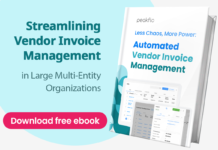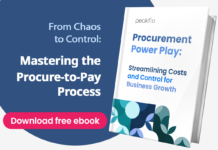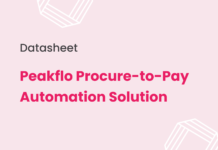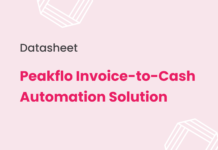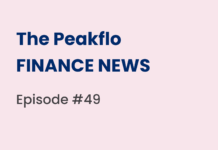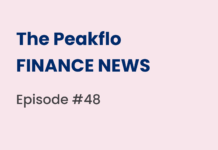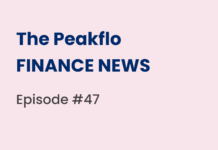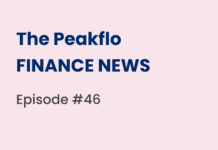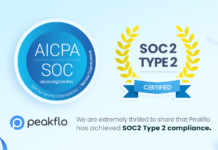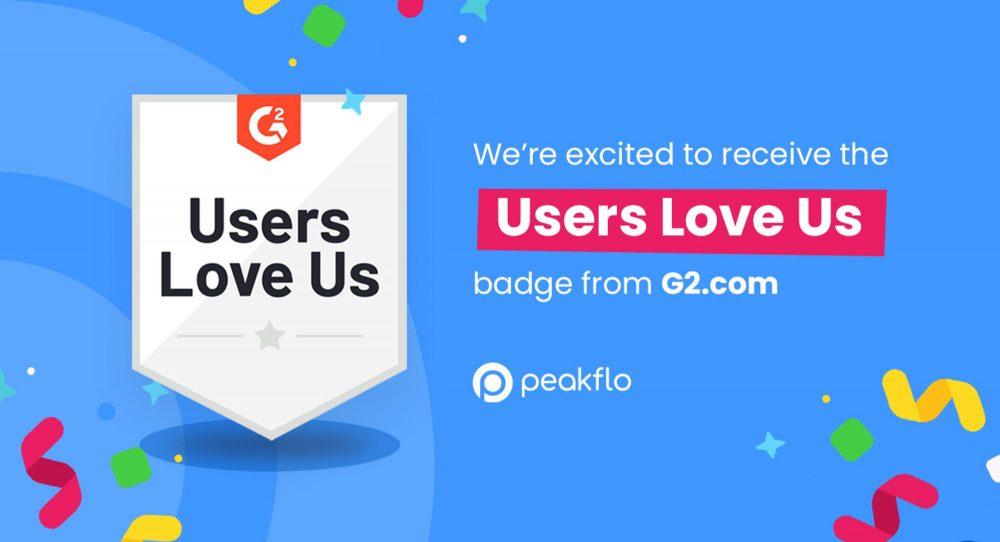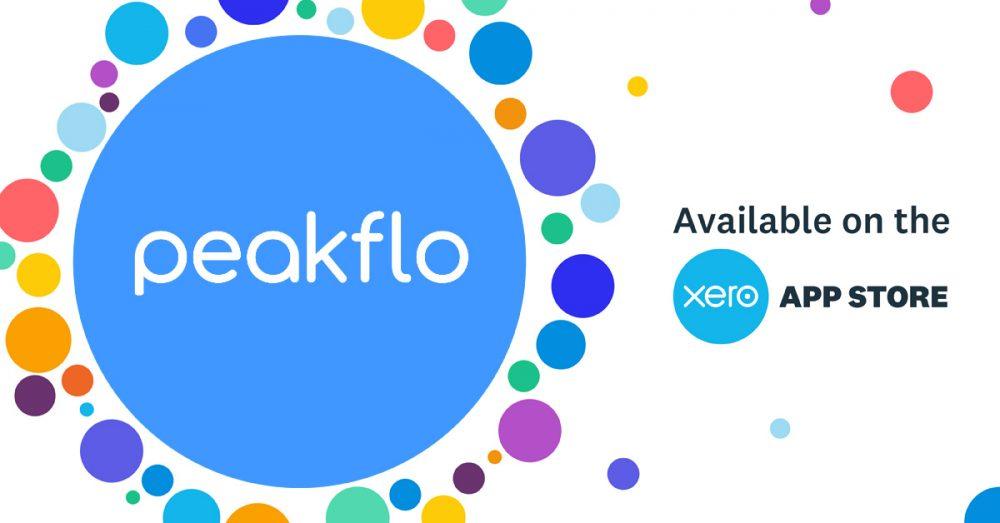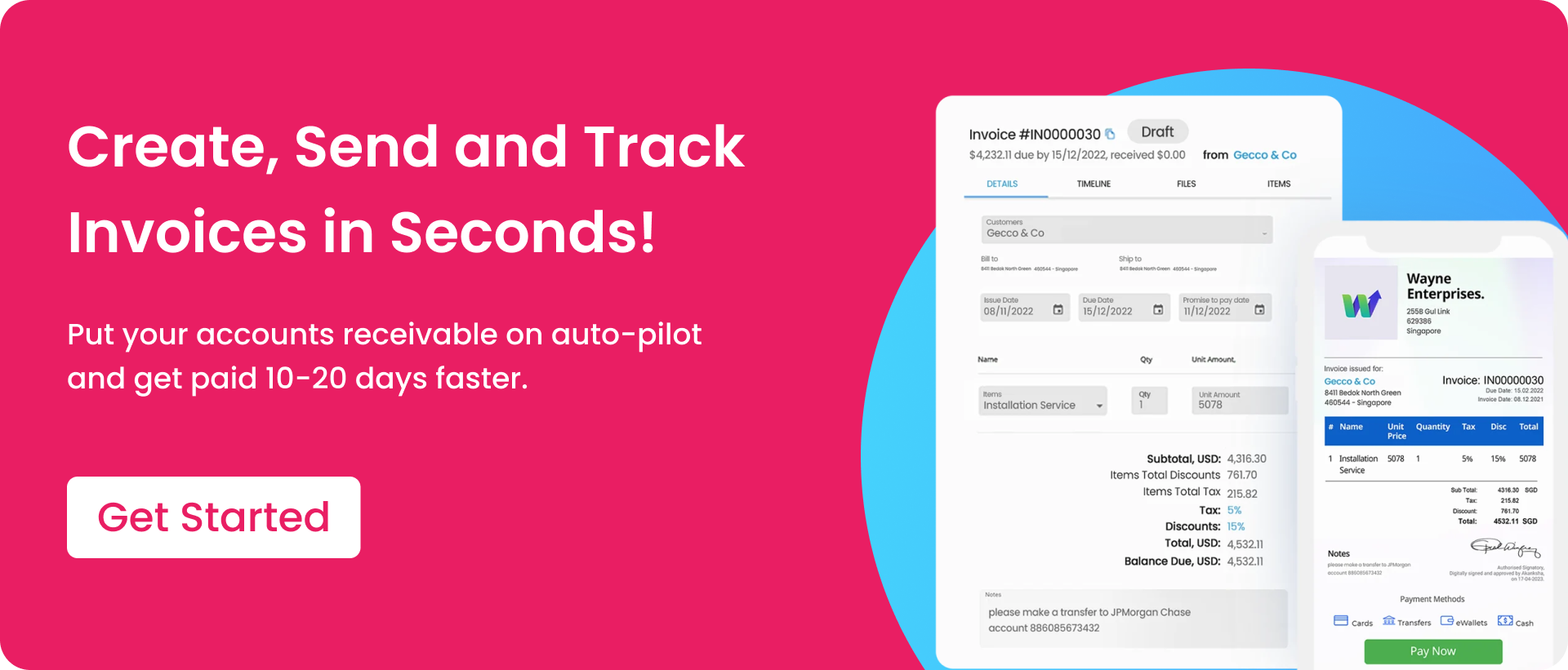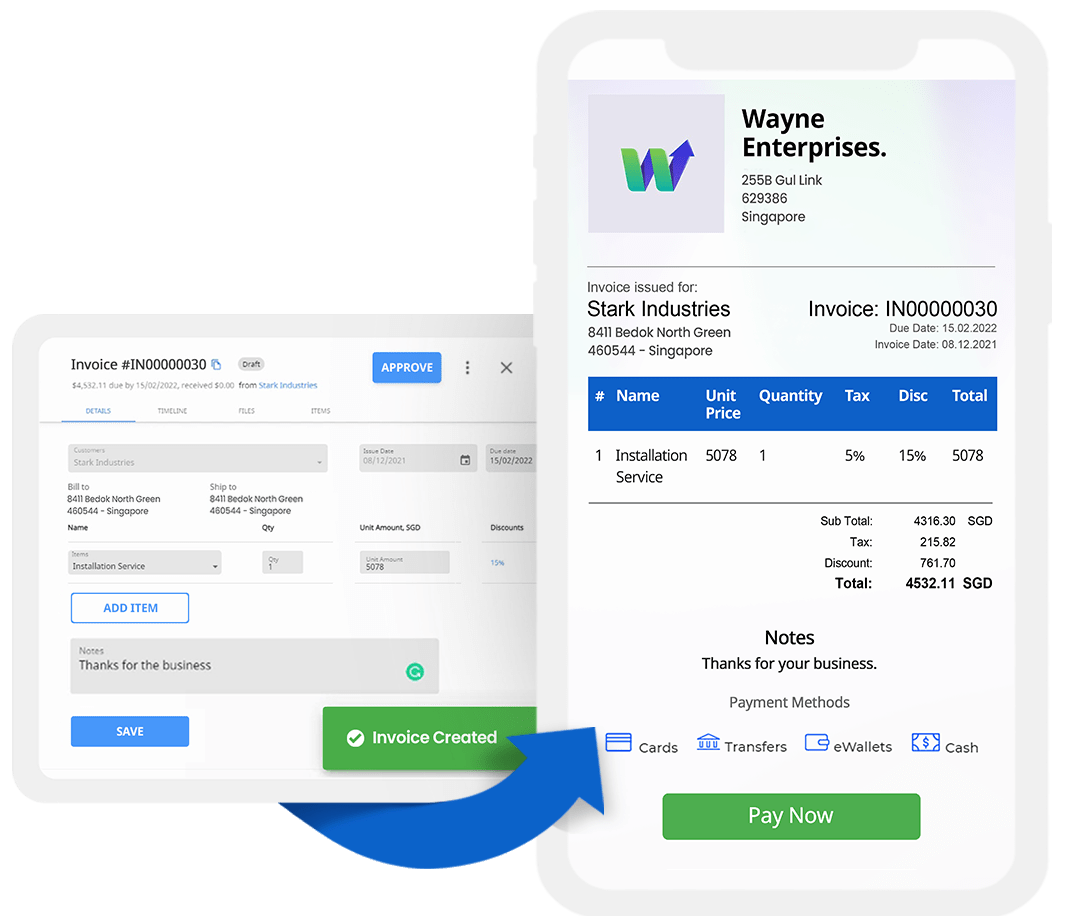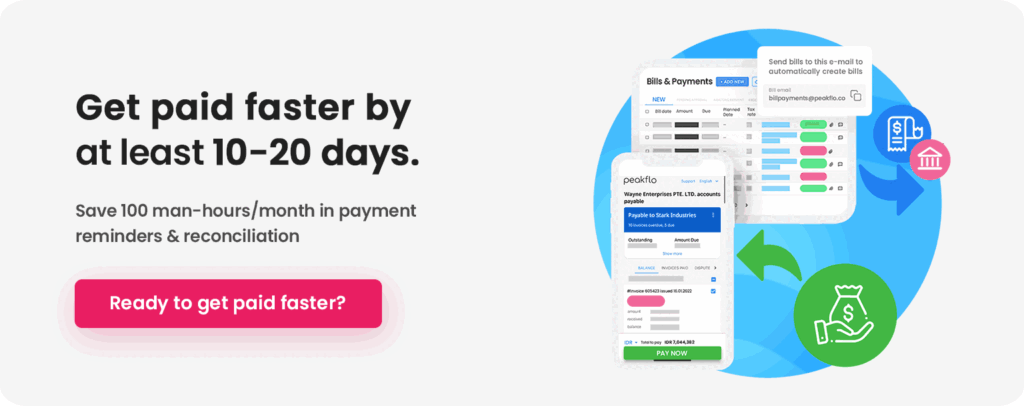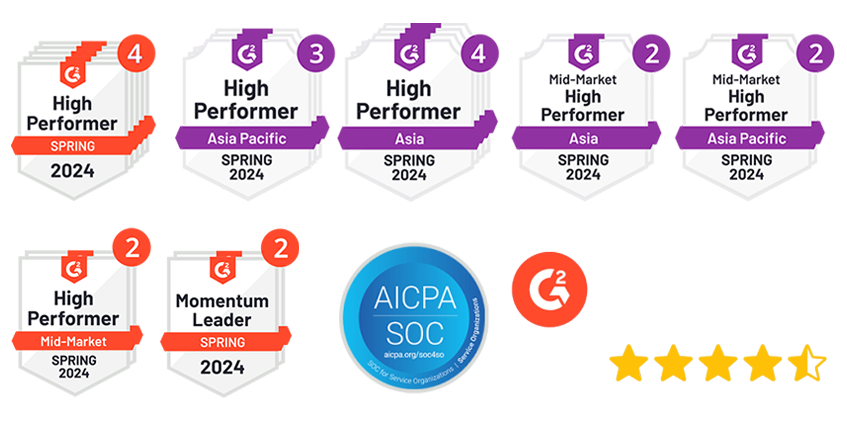Running a successful business goes beyond having a great team and satisfied customers. One crucial aspect that can make or break your business is maintaining a healthy cash flow. Without a steady flow of cash, even the most thriving businesses can face challenges.
Surprisingly, a survey conducted by Atradius Singapore in 2021 revealed that a staggering 52% of Singaporean B2B credit sales experience overdue payments. This statistic is not limited to a particular region but holds across the globe.
The good news is that your business doesn’t have to be another statistic in the realm of overdue payments. There are actionable steps you can take to reduce the length of your invoice-to-payment cycle.
It all starts with optimizing your customer payment terms. In this article, we will delve into the top seven tips that can help you optimize your payment terms, ensuring faster payments and a healthier cash flow for your business.
What is an Invoice Payment Term?
An invoice payment term is a crucial element of an invoice that defines when and how customers should make payments for products or services. It provides clear instructions to customers regarding the timeline and methods of payment, as well as the consequences of delayed or non-payment. It also specifies the currency of payment, if you work across borders.
Among the various details included in an invoice, the payment term holds significant importance. These terms serve as a guide, ensuring clarity and transparency in the payment process.
While businesses have the flexibility to determine suitable payment terms based on their industry and specific requirements, the commonly used payment terms usually fall within the range of Net 30 to Net 60 days.
What Makes Up An Invoice Payment Term?
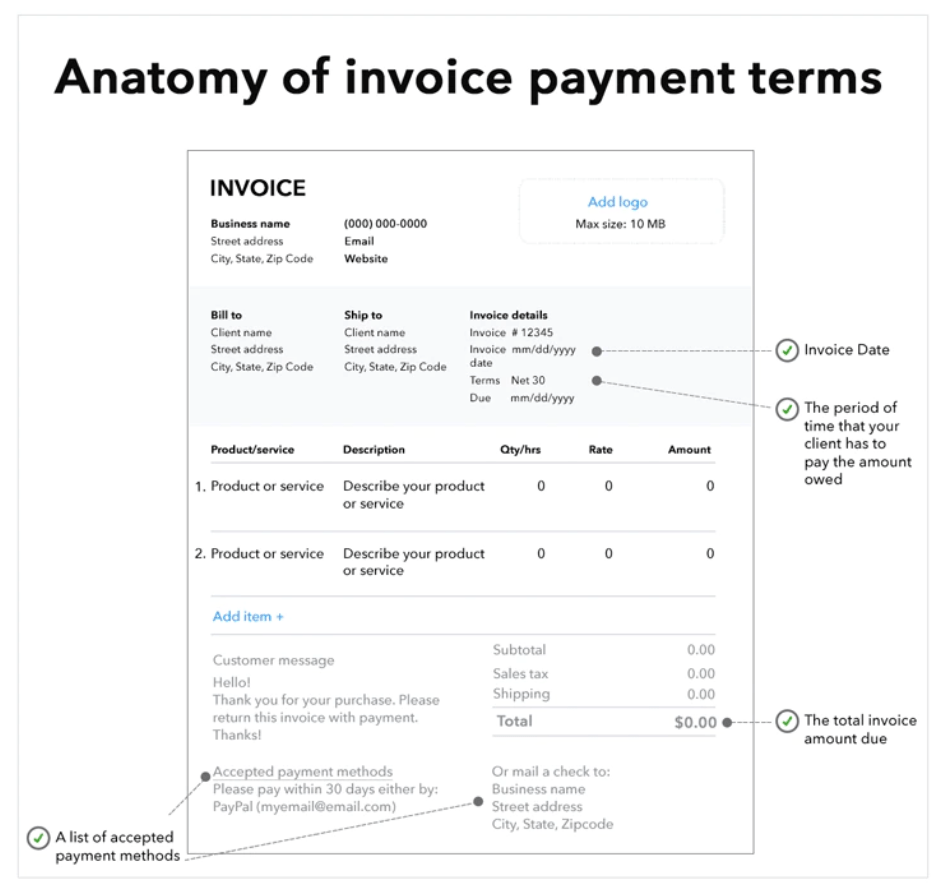
The components of an invoice payment term are:
- Total invoice amount due
- Payment due date
- How much time do customers have to make a repayment
- Payment plans and installment billing details
- Incentives for advance or early payments
- Accepted payment methods
An invoice will display other essential information like an invoice date, invoice number, and list of individual goods, but the ones listed above make up your typical payment term.
Top Seven Invoice Payment Term Tips
1. Establish Clear Terms Upfront
Ensuring clarity from the beginning is essential to avoid payment delays. Clearly state the payment terms on the invoice, including the total costs, due dates, and installment options.
Be transparent, answer customer questions, and avoid vague language. By making your invoices clear and straightforward, customers will know exactly what to expect, leading to on-time or even early payments.
2. Invoice As Early As Possible
Sending invoices promptly allows clients to process and prioritize them. Issue invoices as soon as you finish the work or deliver the product to keep them fresh in the client’s mind.
Consider on-the-spot invoices for one-off or small-scale services, and requesting upfront payment deposits can ensure a steady cash flow.
3. Make Payment Easy for Customers
Offering multiple convenient payment options in your invoice payment terms can significantly reduce payment delays. By accommodating various payment channels, you meet your customers’ needs and demonstrate a customer-centric approach.
Consider using a platform like Peakflo, which provides intelligent workflows and an all-in-one portal for customers to pay conveniently using their preferred payment method.
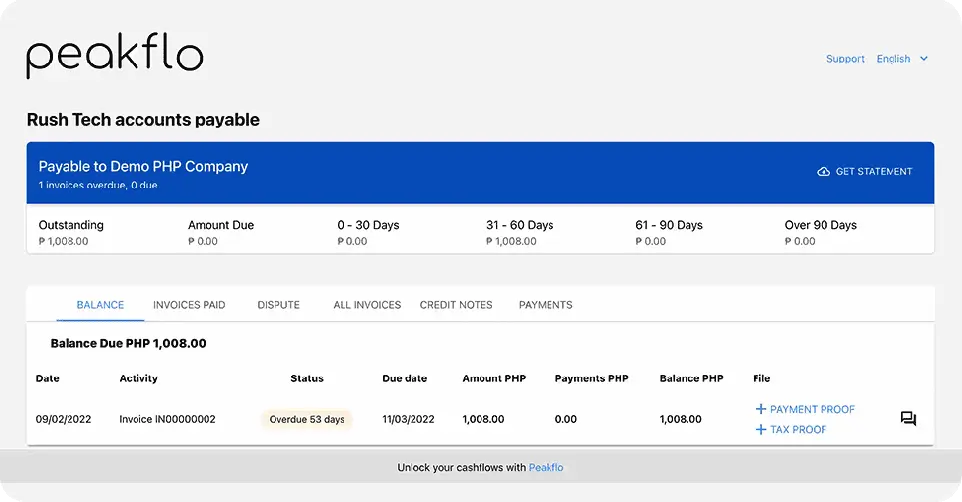
4. Incentivize Early Payments
Rewarding customers for early payments through discounts can encourage them to prioritize your invoice and pay in advance. Include a section in your invoice payment terms to lay out the early payment discount terms – percentage discount and its timeline.
Early payment incentives benefit both parties, improving cash flow for your business and providing customers with cost savings.
5. Track Late Payments
Late payments remain a challenge for many businesses. Act promptly when payments become overdue, sending friendly reminders via email or phone call.
As the payment becomes more overdue, consider implementing stronger measures. Use accounts receivable software to efficiently track overdue payments and enable more robust credit control.
![]()
6. Add Late Fees
Adding late payment fees to your invoice payment terms can serve as a deterrent and encourage timely payments. Late fees demonstrate the seriousness of your business and discourage repeat late payment behavior. However, it is crucial to communicate the late fees upfront to avoid surprises and maintain healthy customer relationships.
7. Embrace Automation
Leveraging automation tools can streamline invoicing and collection processes, leading to faster payments.
Choosing the right e-invoicing automation solution helps ensure timely invoice delivery, facilitates record-keeping, enables clear communication with customers, triggers reminders for overdue accounts, and offers diverse payment options.
Peakflo’s Invoicing solution provides automation features that save time and money by reducing manual tasks and keeping your payment processes efficient. Take a product tour and try it out now!
Why Are Invoice Payment Terms So Important?
Every vendor and customer negotiation starts by looking at a payment term. A payment term should be a two-way benefit, ensuring fairness for both you and your customer. The choice of invoice payment terms can have a significant impact on your business, including the following:
Drawing in More Customers
Choosing the correct payment terms can be a differentiating factor that attracts more customers to your business. Fair and reasonable terms make your offerings more appealing and increase the likelihood of customers choosing to purchase from you instead of your competitors.
Maintaining Healthy Customer Relationships
While receiving payments sooner and reducing the invoice-to-payment window is important, it is equally vital to maintain strong customer relationships. The right invoice payment terms demonstrate that you value your customers and consider their best interests, fostering trust and loyalty.
Encouraging Repeat Business
The ideal payment term can influence customer behavior and encourage repeat business. By offering convenient and favorable terms, such as flexible payment periods or incentives for early payment, you create a positive customer experience that encourages them to continue doing business with you.
Enhancing Perceived Value
When you provide invoice payment terms that align with your customer’s needs and preferences, they feel valued and appreciated. This enhances the perceived value of your products or services and increases customer satisfaction, making them more likely to choose you over competitors.
Achieving Optimal Cash Flow
Finding the right balance between ideal payment periods and customer demands allows you to optimize your cash flow. Timely payments improve your working capital position, enabling you to meet financial obligations, invest in growth opportunities, and operate more efficiently.
Mitigating Risk
Clear invoice payment terms help mitigate the risk of late or non-payment. By setting expectations and consequences for delayed payments, you establish accountability and reduce the likelihood of financial losses. This proactive approach to risk management safeguards your business’s financial health.
Gaining a Competitive Advantage
Offering favorable invoice payment terms can give you a competitive edge in the market. By providing more attractive terms than your competitors, such as shorter payment periods or discounts, you differentiate your business and attract customers who value flexible payment options.
Closing Thoughts
When starting, you might use basic tools to create invoices. But as your business expands, it’s crucial to implement a more sustainable system. Consider incorporating strategies to streamline invoicing, accelerate the payment process, and enhance cash flow. Utilizing invoicing software, often included in accounting packages, can be advantageous. This not only simplifies invoicing but also ensures that your financial records stay updated automatically as invoices are generated and settled.
FAQ
How do you maintain invoice payment terms?
To maintain invoice payment terms effectively, clearly communicate terms with clients upfront, specifying due dates and payment methods. Implement a systematic invoicing process, send timely reminders as due dates approach, and promptly follow up on overdue payments. Consistent adherence to these practices fosters positive client relationships and ensures a steady and predictable cash flow for your business.
How can I improve my invoice processing?
To enhance invoice processing, streamline the workflow by digitizing manual tasks and implementing automation tools. Set clear and standardized procedures for invoice submission, approval, and payment. Utilize invoicing software to track and manage invoices efficiently, reducing errors and delays. Regularly assess and refine the process to optimize efficiency and promote timely payments.
How do you negotiate better payment terms?
Negotiating better payment terms involves communicating your needs and understanding the other party’s constraints. Emphasize the value you bring to the relationship and propose mutually beneficial terms. Flexibility, openness to compromise, and building a positive rapport can strengthen your position and lead to improved payment terms.










![Why AI Sales Calls Are Making Good Sales Reps Even Better [2025 Guide] ai sales calls](https://blog.peakflo.co/wp-content/uploads/2025/09/65168cf6-3001-4733-8cbc-12d5684cf449-218x150.webp)







